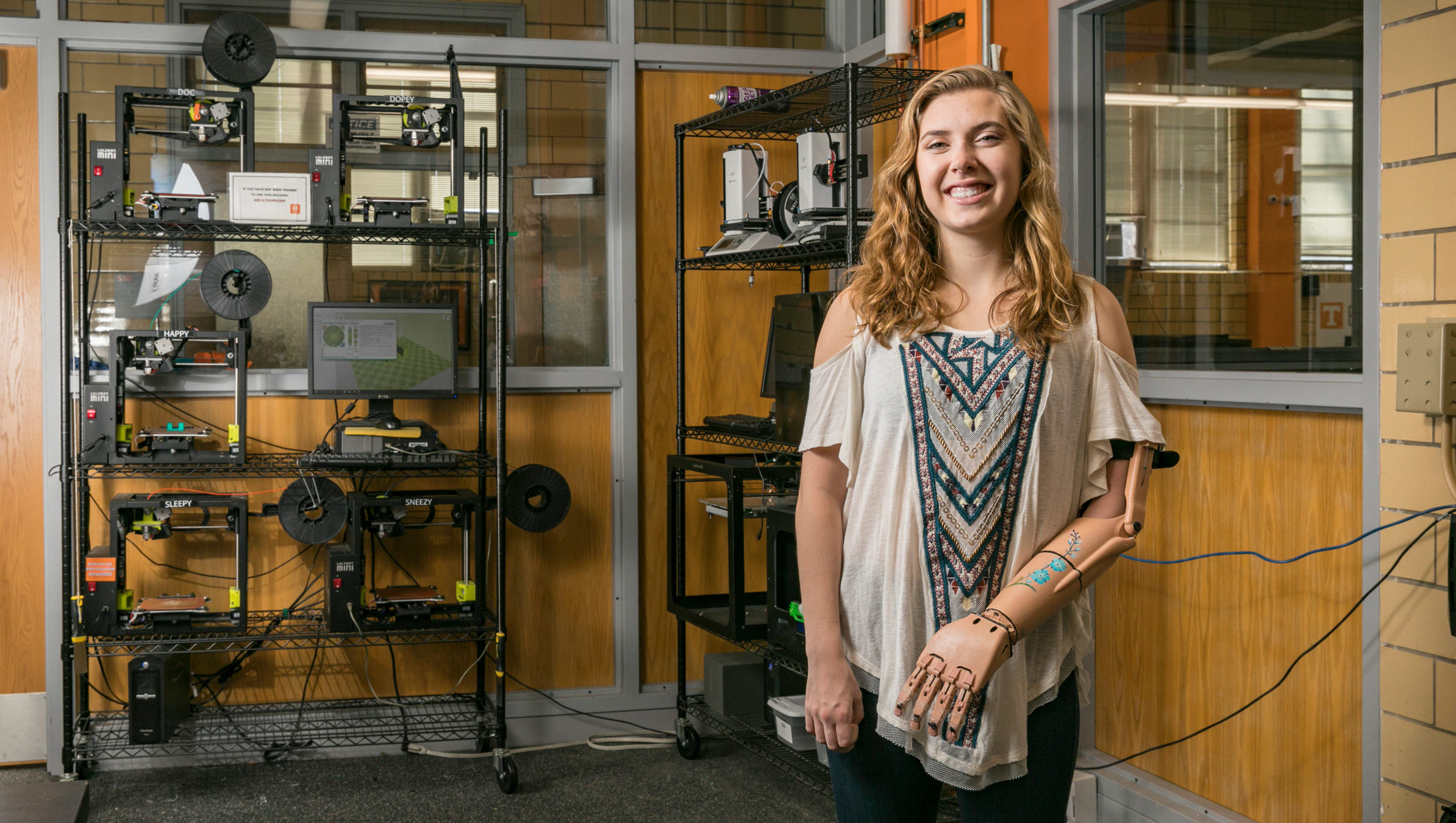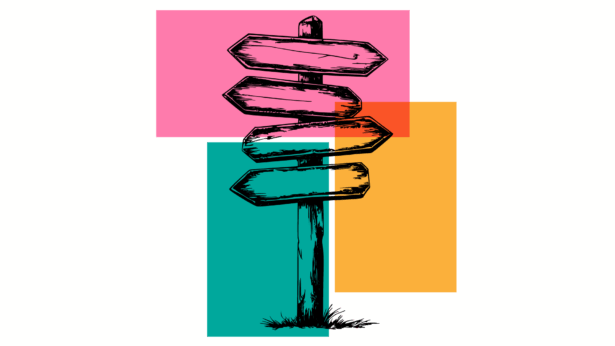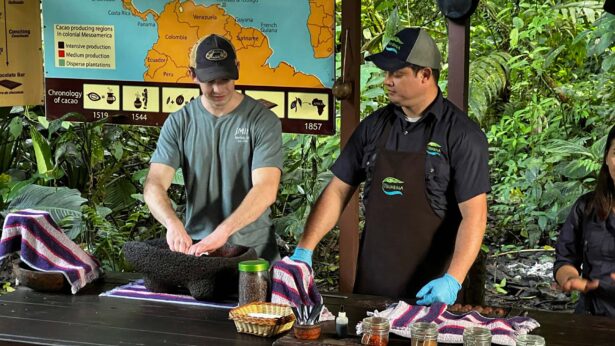By Amy Blakely
Photos Courtesy of UT Knoxville
Since 2015, more than 9,000 families in Clay County, Kentucky, have been able to get clean drinking water from a kiosk in their community rather than draw from contaminated wells and streams.
That kiosk was created by students and faculty during a three-month period in the College of Architecture and Design’s Fab Lab.
It’s the type of hands-on learning that’s allowing students to bring their ideas to life in a way that can truly change the world.
Stretching across campus and into the surrounding city, UT Knoxville is providing a growing number of opportunities—as well as state-of-the-art spaces and tools—for aspiring makers to hone their talents.
Fab Lab

The Fab Lab is a 20,000-square-foot fabrication facility and design studio housed in a renovated historic building on North Gay Street in downtown Knoxville, about two miles from the campus.
In the lab, which opened in 2014, students and faculty have access to computer-aided design and manufacturing tools such as computer numerically controlled routers, mills, laser cutters, 3D printers, robotics—even a water jet that can slice through a four-inch piece of titanium with a 55,000-pounds-per-square-inch stream of water laced with garnet grit moving at 700 miles an hour.
Inside the Fab Lab: We last featured UT Knoxville’s Fab Lab in our Fall 2016 story, The Future in 3-D.
On a day-to-day basis, the Fab Lab is a place where makers have the ability to explore ideas, says Craig Gillam, the lab’s digital fabrication supervisor. Just as importantly, it allows them to see if—and how—they can transform those ideas into design and then into reality. “Our students understand what it takes to design things that can actually be manufactured,” Gillam says.
In addition to the Red Bird Mission water kiosk in Kentucky, students and faculty working in the Fab Lab helped create the prototype for AMIE, a 3D-printed building and vehicle that produce and share energy. Students and faculty also designed and built components of Knoxville’s Beardsley Farm Education Center in the Fab Lab.
This state-of-the-art facility was created as part of the Governor’s Chair for High Performance Energy Practices in Urban Environments, a $2.5 million collaboration of the College of Architecture and Design, Oak Ridge National Laboratory and the firm of Skidmore, Owings & Merrill.
Blacksmithing Club
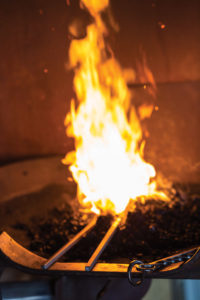
While some makers are focused on fast, efficient mass production, others are attempting projects focused on artistic flair not found on assembly lines. The new Blacksmithing Club is one of those.
Sponsored by the Department of Materials Science and Engineering, the club—which formed in the fall of 2018—hopes to promote materials science while giving students an outlet for creativity through blacksmithing.
“It’s not all making knives or making horseshoes. It’s using your artistic ability to make anything you can think of,” says Cullen Pearson, club president and a junior in materials science and engineering.
Club members are touring local blacksmith shops and hosting demonstrations while trying to forge a partnership with the School of Art in hopes of using its blacksmithing studio.
Anatomage Table
When students working with Stephanie TerMaath, the Zeanah Faculty Fellow in the Department of Mechanical, Aerospace and Biomedical Engineering, needed some specific anatomical measurements to help them design better brain shunts, they went to John C. Hodges Library.
They didn’t consult books or search online, though.
They used the new Anatomage Table, where they were able to view, in 3D, how spinal fluid is carried through the body by the ventricular system.
From art to biology to engineering, students who need to study the intricacies of the human body can now do it virtually with the help of this state-of-the-art tool.
The Anatomage Table allows students to visualize thousands of anatomical structures and perform virtual dissections exactly as they would on a real cadaver. The table is equipped with four full-sized human models and more than a thousand pathological examples, including animals.
Associate Professor Devin Casenhiser had his graduate students in speech pathology use the Anatomage Table to study specific structures in the brain. By looking at 3D images and cross-sections, the students could better understand how conditions such as strokes might affect these structures and impact speech.
The library purchased the Anatomage Table this past spring with a grant from the Gladys Brooks Foundation, a supporter of nonprofit libraries, educational institutions, hospitals and clinics.
“Not very many libraries have access to this technology,” says Melanie Allen, the health sciences librarian for UT Libraries. “Having it in our library, being able to offer it to multiple departments and allowing students to come in, train on it and then use it on their own is very special.
“The Anatomage Table proves that today’s libraries are far more than collections of books. Libraries are active learning spaces where students and faculty can find all sorts of tools to help them discover and create.”
The Makers Club
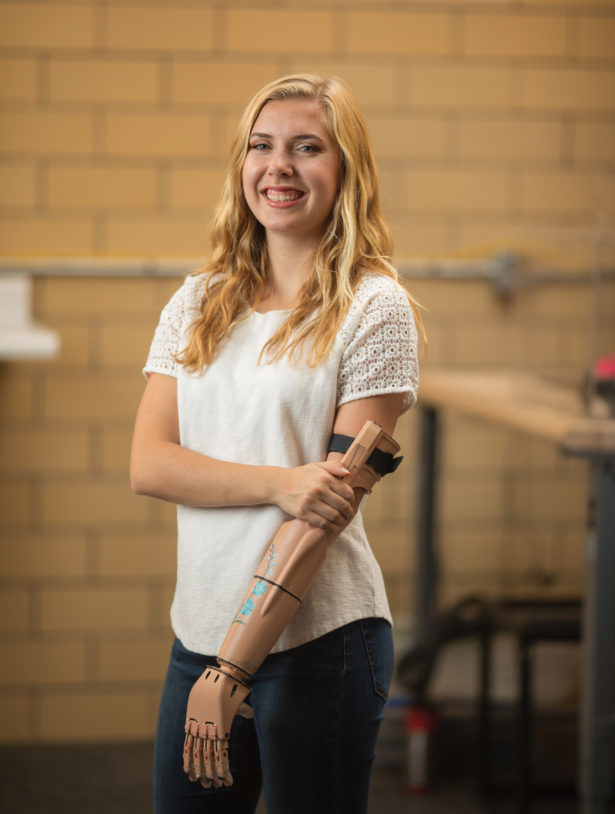
Photo by Steven Bridges
The club began in the fall of 2017 to bring together students interested in various forms of making and give them an outlet to bring their ideas to life. It also allows students to practice skills such as welding and woodworking that were once common but are now in danger of being lost.
After a faculty member told club members about the Enable Community Foundation, which matches patients who need prosthetic limbs with groups like makers clubs that have access to 3D printers, the UT club decided to give it try. One of its first projects was creating a 3D-printed prosthetic hand for club member Riley Toll, now a sophomore in biomedical engineering from Memphis.
“I’d heard about the group and had a lot of interest,” Toll says. “Things like this are one of the reasons I was interested in engineering to begin with—to be able to help people and give back. Hopefully this brings some awareness to what can be accomplished through engineering.”
Innovation and Collaboration Studio
The Innovation and Collaboration Studio in the basement of Perkins Hall gives students in any discipline access to 3D printing, laser and vinyl cutters, embroidery equipment, a full woodshop, hand tools and other pieces of computer-controlled technology.
Supported by the Tickle College of Engineering and hosted by the Jerry E. Stoneking engage Engineering Fundamentals program, it’s a professionally managed, student-staffed maker space where students can create projects for academic or personal use.
“I want this to be the go-to place on campus for dreaming, innovating and making,” says Keith Stanfill, the Edwards Assistant Dean of the college and director of integrated engineering design.
Recently, when Adam Savage, former host of the TV show MythBusters and a proponent of the maker movement, came to campus to deliver the annual Mossman Distinguished Lecture, several members of the Makers Club used the studio to make him a gift—a small replica of the Torchbearer statue.
They used a special camera to make a 3D scan of the Torchbearer form and used that scan to create a digital model.
“Ultimately, they 3D printed it and coated it with polyurethane paint infused with bronze powder,” Stanfill says. “They mounted it on a block of cherry wood and used a laser cutter to engrave his name on it. The whole project must have taken them about 100 hours.”
Stanfill arranged for the students to present their finished creation to Savage after his lecture.
Generous gifts from alumni have helped purchase the studio’s equipment and stock some supplies. The studio is open during business hours on weekdays and by appointment at other times. Staff members are on hand to help students use the machines. Online resources are available, and workshops are offered periodically.
MABE Maker Lab
Each semester, Matthew Young, the Rosenberg Assistant Professor of Practice in the Department of Mechanical, Aerospace and Biomedical Engineering (MABE), gives his computer-aided design students an assignment to make a catapult by combining 3D-printed components with everyday items like wooden dowels and rubber bands.
After using computers to design their catapults, they submit orders to have certain parts 3D printed by the MABE Maker Lab, housed in the Nathan W. Dougherty Engineering Building.
The lab houses about $500,000 of high-tech equipment, including industry-grade 3D printers, laser scanners and computer numerical control routers.
While some students are trained to use the lab’s machinery themselves, the facility is used mostly by students who are honing their design skills. They use computer-aided technology to create plans that are submitted to the lab, where staff members produce the objects.
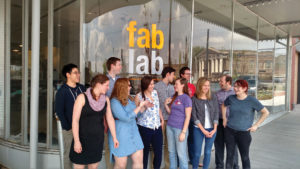
“In addition to servicing departmental courses and research, the MABE Maker Lab is really a complement to the Innovation and Collaboration Studio,” Young says.
For instance, Toll, the Maker Club student who was involved in creating a 3D prosthetic hand for herself, first enlisted the help of the MABE Maker Lab to make a sophisticated scan of her arm.
She and fellow Maker Club members used that scan to glean the measurements they used to design the prosthesis, which they printed in the studio.
And more to come…
The Tickle College of Engineering is building a 228,000-square-foot facility that will serve as the hub of a variety of maker activities.
The first floor of the building will be devoted to maker and project spaces and will include wood and metal workshops, 3D printing laboratories, laser-cutting machinery, welding equipment and painting areas. The building has been designed to encourage student collaboration and host maker fairs.
